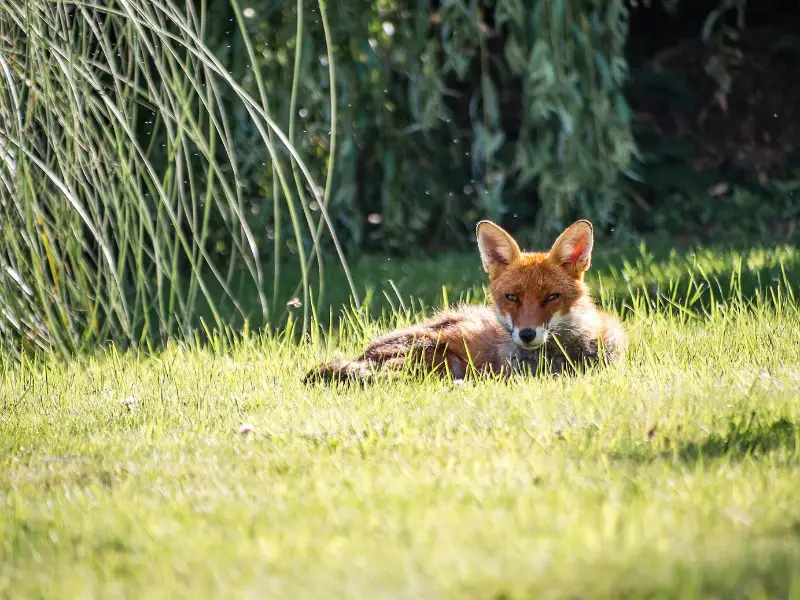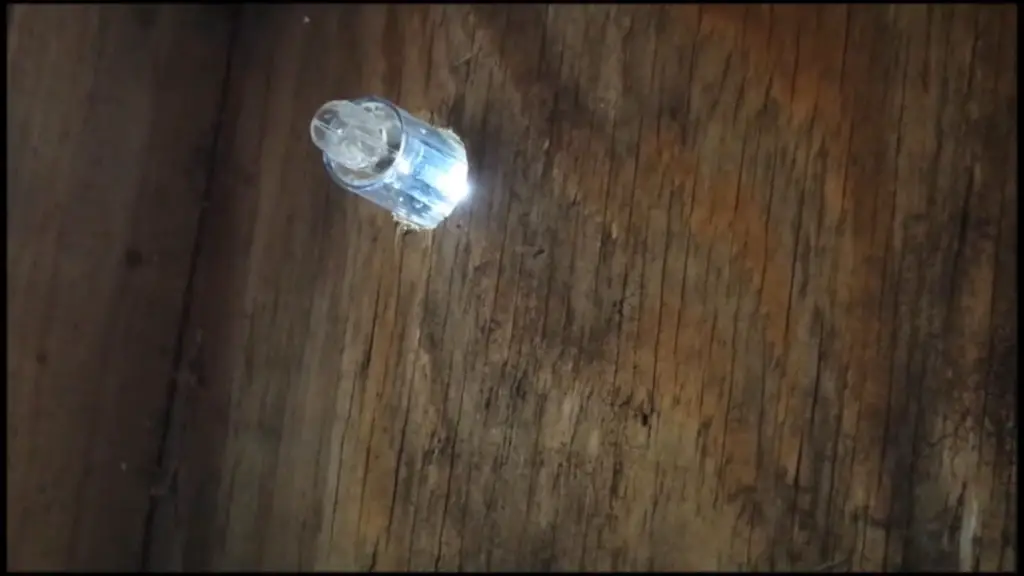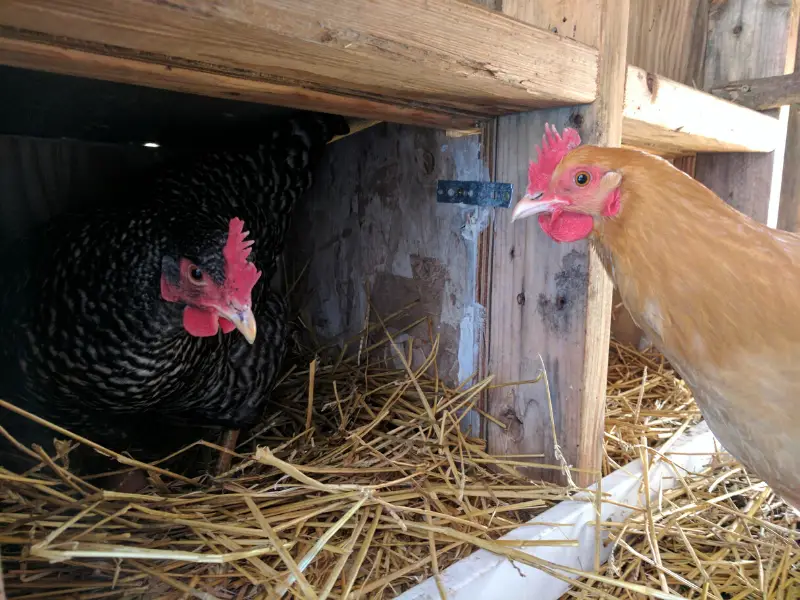Raising chickens is usually at the top of the list for a new homesteader, but there can be some surprise challenges for a neewbie or seasoned homesteader alike. When my young hens wouldn’t go into their coop at night, it got me wondering what was going on.
It turns out, chickens are afraid of the dark. Not so much afraid of nighttime, but afraid of a really dark black hole of a cave. For a young poult, their chicken coop resembles a big dark cave as dusk settles into dark.
When this happened to us, it got me wondering about a solution. The answer I came up with is really quite simple: my chickens needed a nightlight. Keep reading and I’ll show you exactly what I did to put them at ease.
Night Vision
Scientists can gain a good understanding of how well different animals can see in the dark by examining the cell structure of the eyeball. The eyeballs of vertebrates such as mammals and birds have two types of light receptor cells in their eyes called rods and cones.
Rods are the cells that help animals see in low-light conditions, while cones allow for color vision. By analyzing the the structure and ratio of these cells in a chicken’s eyes, scientists know that chickens have good color vision but bad low-light or night vision.
Generally animals can have either excellent night vision or excellent color vision or a so-so mixture of both. The ratio of rods and cones in the eye are what determine this and there’s only so much room for each that it’s a give- and-take to get the right mix based on each animal’s needs and how it has evolved.
Most birds have poor night vision except for owls, whippoorwills & woodcocks, and some hawks and other birds-of-prey. Most of the mammals that are dangerous to chickens have at least good, if not excellent, night vision. Therefore chickens are at an extreme disadvantage when the sun goes down.
Ancestral Habitat
Chickens were domesticated by humans thousands of years ago from jungle fowl of Southeast Asia. Jungle fowl are omnivorous creatures that spend their days foraging for food such as seeds, plants, and insects. At night they fly up into the canopy to roost on tree branches which keeps them safe from predators.
The male jungle fowl are extremely colorful (as are most modern roosters) which means colors are important to chickens. Colorful patterns are useful for mating and establishing dominance and territory. Because of this and their daytime activity, jungle fowl and therefore chicken eyes have evolved to have excellent daytime and color vision and really don’t have a need to see in the dark.
Dangers of Sleeping Outside
So what happens if your chickens are afraid to go into their coops at night and sleep outside instead? If you have a well secured enclosure with a roof or wire top for your chicken run they may be relatively safe to sleep outside of their coop, but when a chicken sleeps they are pretty much out of it and to wake up quickly and flee from a predator in the dark will be impossible for them.
Chickens have many types of predators though and a sleeping chicken that is within arms reach of a prowling raccoon is a goner. A raccoon and even an opossum will reach through the fencing and grab a chicken by the neck. If it can’t get the whole body through the fence opening, it will tear the chickens head right off. Other predators such as weasels and foxes can burrow their way into the run and wipe out the flock in one night. The safest place for your chickens is inside the coop with the door shut every night.
You can design your own coop and incorporate all the predator deterrents or you can check out several different chicken coop plans here.
As a keeper of chickens it is our responsibility to keep them safe from predators. Making them feel safe and comfortable to go into their coop at night is the first step to keeping predators at bay. That doesn’t always work though because some predators can be relentless. I’ve had raccoons force their way through my nesting boxes and get in and kill all nine of my young hens one time. For a video playlist about chicken predators click here.

Chicken predators are plenty. Here’s a thorough list of predators that a chicken keeper has to be wary of depending on the size of your chickens and where in the world you live:
- domestic dogs
- domestic cats
- coyotes
- foxes
- wolves
- bobcats
- lynx
- raccoons
- possums
- skunks
- weasels/minks
- bears
- owls
- hawks
- snakes
- rats
Installing a Nightlight
When my chickens refused to go into their coop, I came up with a an idea. I used a couple of cheap solar powered landscape lights as a nightlight. The trick is to keep the solar charger part outside the coop and the LED on the inside. I did this by removing the spike base and drilling a hole in the siding of the coop just big enough for the light portion. A little silicone adhesive keeps it in place and easily removable in case one stops working and needs to be replaced.
You don’t want to use too bright of a light all night long as it can make the chickens stressed out and irritable. Using a light in the coop to force your hens to lay all winter is an entirely different process here than the nightlight. When using a light to keep your chickens laying eggs, you really shouldn’t expose the chickens to more than 12 hours of light per day (including daylight).
These small landscape lights give off just enough light to make them feel safe to go into the dark coop, yet not bright enough to disrupt their sleep. I’ve had these nightlights in our coop for years now and my chickens seem really happy. Below I’ll show you step by step how to install these. I’ll also link to the YouTube video that demonstrates installing these nightlights.





The very first night with the new lights installed, my young hens went right in at dusk and I’ve never had a problem since then. I would image now that they are older and very used to their surroundings they could get by without the nightlights.
Another option is to put a small window in the coop and have a dusk-to-dawn yard light that spills enough light into their coop. Having a yard light is also useful for checking on the girls after dark or when you hear a ruckus out by the coop and come running out to check what’s going on.
If your young chickens seem uneasy as the sun goes down, I hope this gives you some ideas on how to make them feel safe.




